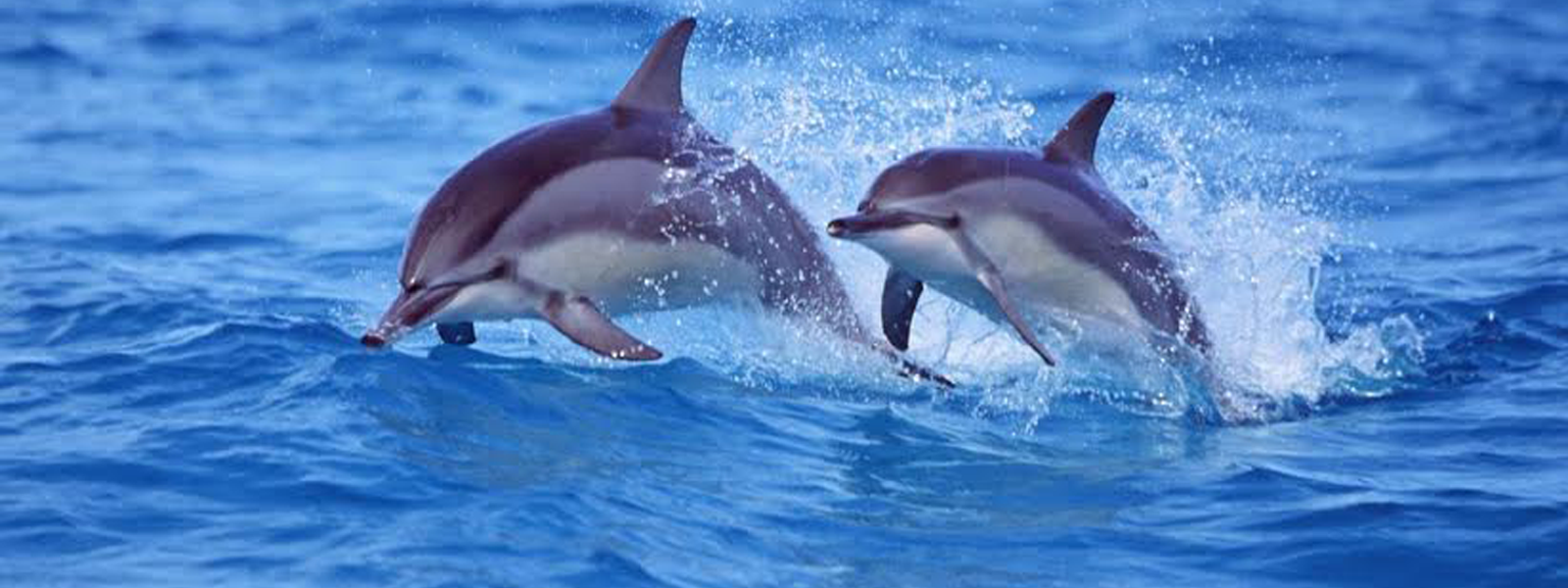

The International Marine Mammal Project (IMMP) of Earth Island Institute is one of the lead organizations working globally to help return the Whale Jail whales of Russia to their home in the Sea of Okhotsk where they were captured last summer.
On August 22nd, the final two orcas left in the notorious Whale Jail were lifted out of the sea pens for the long truck and barge trip to their home waters in the Sea of Okhotsk. Six beluga whales were loaded along with the orcas.
All of the whales in the Whale Jail had been caught last summer for sale to Chinese aquariums. Thanks to the work of local Russian activists, the government banned the export of the whales, concluded that the captures violated Russian laws, and agreed to release the ten orcas and eighty-seven beluga whales back into the Sea of Okhotsk.
There are problems with the release effort. It is not clear that the whales have been rehabilitated and practiced in catching their own fish or marine mammals. The whales are kept in very small boxes for the long drive north to the release point. And the whales are not being released in the presence of their home pods.
Nonetheless, the Russian government announced that all of the orcas (which possess radio tags) have apparently been tracked swimming in the region of the Shantar Islands, around which most of the wild whales congregate. (It is not clear that this report includes any information on the original six beluga whales released in June, only one of which carried a radio tag.)
At least one of the released orcas is reported swimming with wild orcas. However, a second orca, named Alexandra, has been reported swimming up to fishing boats in the region, accepting fish, and stealing fish from fishing nets.
Most of this information comes from tracking the whales with their tags, but it is unclear how much visual observation has taken place. The types of tags can tell a lot about a whale’s behavior from afar, but some questions – such as whether the whales have integrated with their home pods – requires direct observation.
In September, a cruise is planned by Russian scientists to seek out and report on the status of the whales, which should give us more information.
In addition, the Russian government plans to continue to release the remaining seventy-five beluga whales held in the Whale Jail, as weather and sea ice permit, likely going through October and perhaps November.
The Russian government has also pledged to ban further captures for the purposes of export of whales, although it is not yet clear which species such a ban might cover. Already, the Russian fisheries agency (which had apparently approved the illegal permits for captures in 2018) is proposing new capture quotas for whales and dolphins in 2020. While they are not allowing any captures of orcas, they reportedly do propose captures of beluga whales and other dolphin species for captivity.
IMMP is working with our colleagues in Russia to formulate recommendations for the Russian government to help put an end to live captures of wild whales and dolphins for a miserable life in small concrete tanks.
Photos of Whale Jail by Harry Rabin.